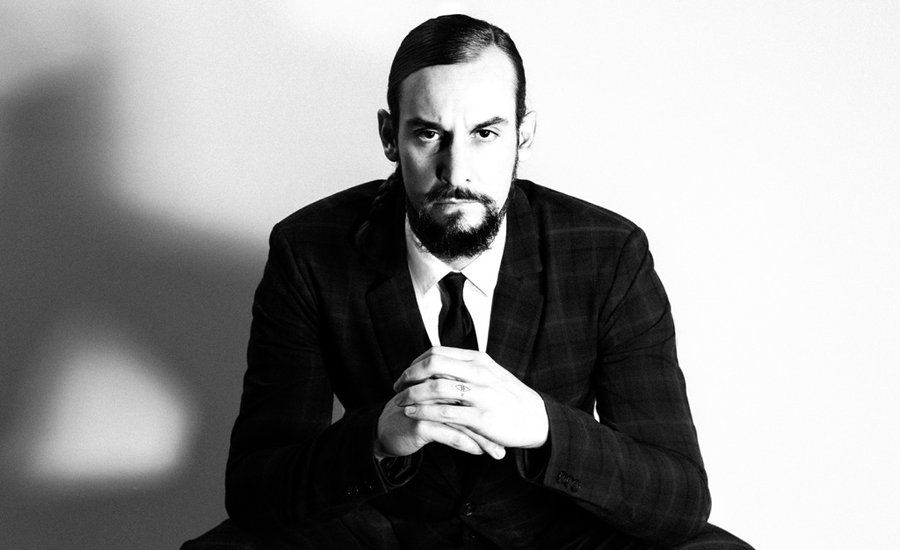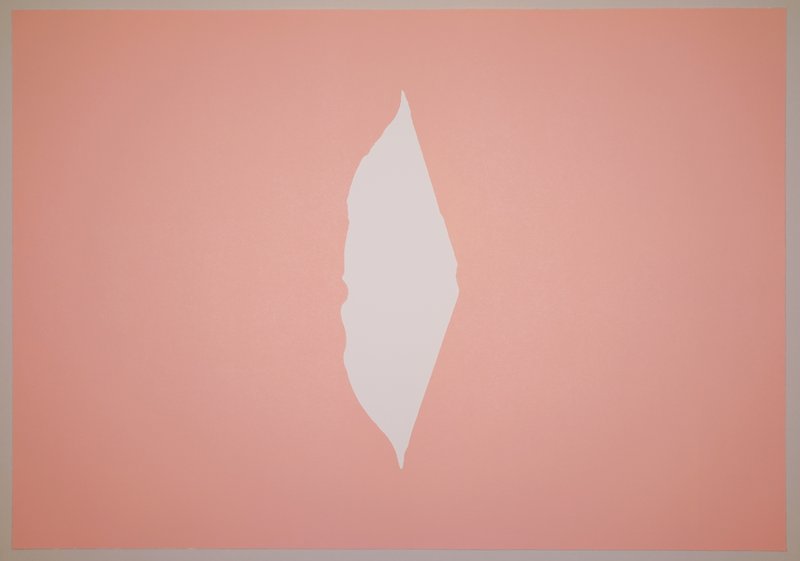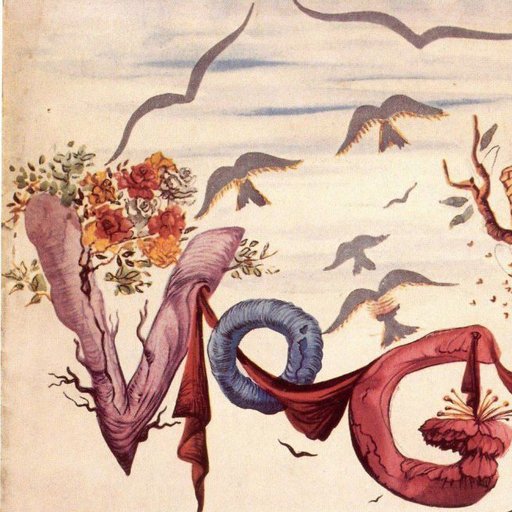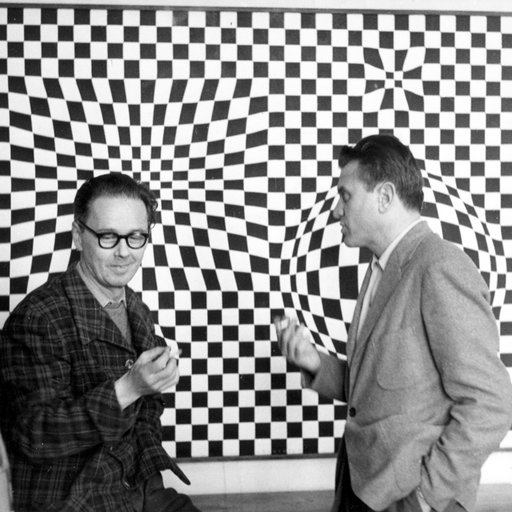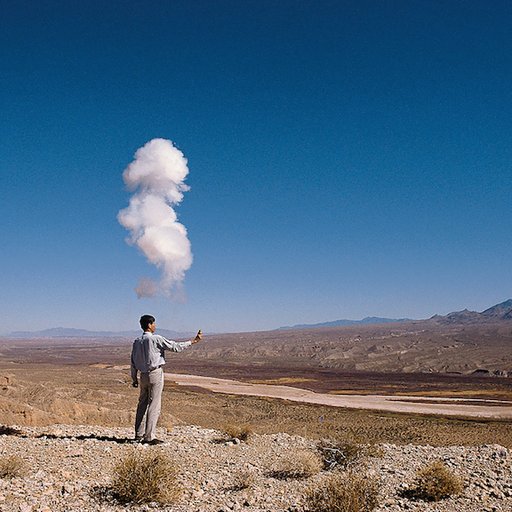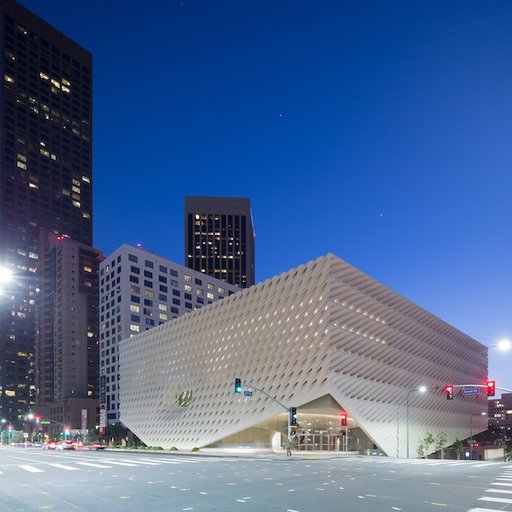With his long blond hair, herbaceous beard, and powerful stature, he might be mistaken for a new character on Vikings, or a Marvel superhero out of costume, on a day off. If you know the performance art scene, if you’re an avid follower of Frieze and the Venice Biennale, then you’ll know about JAŠA already. Born in Slovenia, trained in Venice, with studios in New York and Ljubljana, if he were to turn into a superhero we might well call him Mr. Frieze, after his Atlantic-spanning tandem of appearances this year at Frieze New York in May and now, October 8, at Frieze London.
Just in case we weren’t sure of his bona fides, his New York performance Cutting Through the Clouds of Myth featured an appearance from the legendary godfather of performance art, Ulay. This is like a young crooner firing up a track with Frank Sinatra. I spoke to JAŠA in his Ljubljana studio, just before his trip to London for the second of his Frieze events this year, which will be titled The Relations. With funk tracks in the background, and between Lucky Strikes, padding around in flip-flops, and flashing intriguing glimpses of his many tattoos, we discussed how his role as a teacher of painting at his alma mater, the Accademia di Belle Arti in Venice, and his tips on how to make it as a performance artist.
1. Start Small to Grow Big
“To grow as an artist, you need a period in which you close yourself into something very small, to crack something, and only then try to get freer. It’s impossible to go the other way around, because it would be too much to handle in any moment. Work your way through and then you can start opening up.”
2. Whatever You’re Shtick is, Paint, Draw, Sculpt
“You need a basic discipline. I always say that I’m a painter and I’ll never cease to be a painter. It’s my way of thinking. Which doesn’t mean that I’m thinking about a performance and applying knowledge gained from painting. Performance has completely different rules, video has its own rules. You have to spend years in a relationship with a creative process. Painting enables this. This means getting up, facing a white canvas, and just starting from scratch. Everything that happens in-between, all the phases, staying there, endurance, not cheating yourself, how easy it is to lose something you’ve just accomplished…it’s the same discipline for me, regardless of the project. You need a rhythm to work your way through. This is how I teach, in a very active, painterly class.”
3. New and Shocking Isn’t Enough, There Must Be Some Art to It
“I always fought against this idea that you need to be new, you need to invent something. We all know that’s impossible and useless. It’s simply just branding. You come up with a gag, a trick, you label it as a new something, maybe you’re lucky enough to be in the right spot at the right time, and that can play for a while. But from my understanding of art, you’re thrown into a certain era, you need to see what was done, understand the layers, take the tools, use them and then try to apply a new layer of knowledge. Then someone else will later take up your tools that you improved a little bit or that you contributed something new to.”
4. If Something Comes to You, Haunts You, Run with It
JAŠA describes how his latest project, The Relations, came to him, and how it is an object lesson in how his concepts come to be. “I had a hunch, or something comes to me, or there’s an urge, which is usually because I’m working on something else, and then this small constellation forms around your head. This tiny idea that you let flow. Then something crashes in an illogical way, and you let that crash resonate in your head. Then this crash comes back to you and becomes an urgency. When I feel that, then I need to be proactive. If I leave that urgency, it will fade away. I need to react to the urgency to grasp it, to start understanding what it is, but not over-rationalize it too quickly. Otherwise I’ll kill the drive that it has.”
 Ulay (left) and JAŠA
Ulay (left) and JAŠA
5. Get the Blessing of Established Artists
JAŠA describes the biggest benefit of his joint work with Ulay as “that it was seen as passing the torch. This is how it was called in an article, too. I never called it that—I thought of it as reaching out, as transgenerational, which from my understanding of art is very important, because I see art as knowledge that gets accumulated.
6. Forget About the Social Scene and Hang with Other Artists
“A famous New York critic said that all this mingling around at openings, especially for you artists, doesn’t do you any good. You get nervous, maybe you meet somebody, but trust me, no gallerist is interested in you. Because they have enough work with everyone they’re trying to maintain. It’s okay to go and see what’s happening, but don’t get confused, don’t get the idea that this is how to make it, because this is already an old method.
"But then he said, ‘But there’s something magical that happens when you guys, you artists go out and spend time with each other.’ He said, ‘I don’t know what the fuck you’re doing, but it’s obviously working, as gifts pass.’ I knew what he was talking about, I’ve been married to an artist for the last 18 years. It’s about honestly talking to each other, disclosing fears and dilemmas, and having someone there when you’re completely down and out. Everything you do is always personal. You get material and embed the idea inside of that. But you are full of doubts. You have to be. It’s important that you deal with the doubts on your own in your creative process, but it’s also critical that you can talk it over with someone else who is going through the same process. So you can confront yourself, to get ideas about how others deal with it. It’s a fluxus of knowledge. We’re both researching something. You do it in blue, I do it in black, but we’re both on the same boat. About how to distill this, this nowness, or whatever you want to call it. It’s more automatic that you do this with your own generation, but I try to reach out to other generations, ask questions of older, more experienced artists and pass information to younger ones when I’m teaching.”
7. You Need Something to Sell to Make a Living as an Artist
Concepts and performances are all well and good, but to make a proper living, and become the object of desire for collectors, you need something to sell. For JAŠA, this tends to be objects featured in his performances or preparatory material, like sketches, that map out the thought process behind the development of his work. You can’t rely only on grants, and to become an object of desire among collectors you need to produce objects of desire for those collectors to buy.
8. There’s a Rock Star Inside Every Successful Performance Artist
“I work a lot with music, always have had this love affair with everything in music. I grew up in Ljubljana’s 90s rebirth of the punk rock scene. For me, the best time was Friday night, visiting my friends in band rehearsal, take a bottle of wine, sit in the darkest corner, and immerse into the music. I was always fantasizing about the force of music and the feeling of being on the stage.”
There’s a reason “performance” is used for musicians and a certain type of artist. The one who thrives on an audience, who wishes to be in the midst of the art experience, not lurking in the shadows while others engage. This is why every successful performance artist must have a little rock star inside them. If you’re lucky, you can catch JAŠA rocking out his latest performance, October 8 in London.











